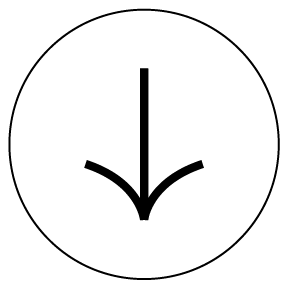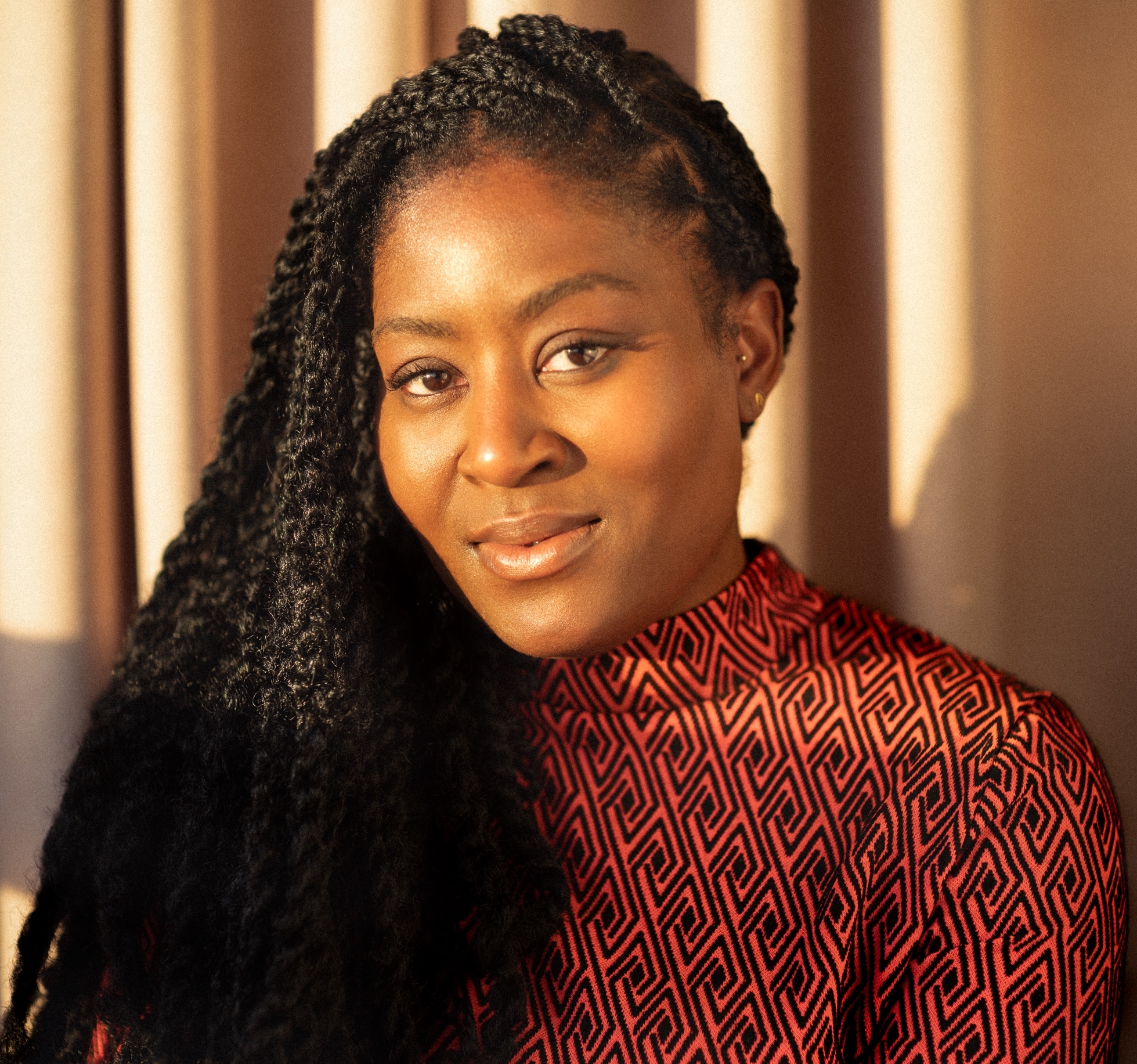A mom arrested over a birthmark? Hospitals must be held accountable for medical racism
A Nepalese mother was arrested in an NHS hospital because staff mistook a common birthmark for child abuse. Structural racism in medicine needs to end, and only structural upheaval can end it.
A Nepalese mother in Hampshire is accusing Basingstoke Hospital of discrimination because they failed to recognize a blue spot, mistook it for a bruise, and called police. A blue spot is congenital dermal melanocytosis, or birthmark, very common in Black, brown and mixed race peoples around the world, but this didn't help the mother. She was held in a cell for twenty hours, and separated from her breastfeeding six-month old baby for four whole days.
The Mirror's Tim Hanlon reported that Laxmi Thapa, who moved to the UK eighteen months ago, noticed the baby’s birthmark was spreading and getting darker. She consulted her GP, who suggested she goes to A&E. But despite blue spots being very common, and despite the birthmark being recorded in the GP's notes, the hospital called police. According to the Basingstoke Gazette, a full check-up wasn’t even conducted; instead and she “was asked to sign documents which she could not read before being told the police were outside.” When she was taken away, she was held in custody, not allowed to breastfeed her son or make any phone calls. When she asked why, one police officer said “because you have abused your baby.”
A full examination eventually took place and, after four days with absolutely no evidence of abuse or neglect found, mother and son were reunited. But the trauma is evident in them both, and a once-happy baby is now more withdrawn and depressed.
So let's review. An Asian mother sought help over concerns about her infant. The hospital failed to conduct a proper check-up, failed to read the baby's medical notes, failed to recognise a birthmark seen in a majority of the world's population, and called the cops. As a result, this mother is now less likely to call on medics when something serious does happen. And who can blame her?
![]()
I’d love to say this was an unusual occurrence, but something very similar happened to me and my then-infant when we attended A&E at University College Hospital, London. The consultant paediatrician had some students shadowing her at work and they were examining my child.
One student turned my baby over and, pointing at a blue mark the size of a mushroom by their butt, exclaimed “ooh, is that a bruise” with a little too much glee. Another student gasped and I felt all eyes staring at me. I was already on edge when, earlier in the appointment, I was asked if we were “known to social services.” My child and I were, in this instance, the only people of colour in the room, and seemingly routine questions feel laced with skin-based profiling.
The consultant, a German, took a look at the mark and said, “no, that is a Mongolian Spot.” My jaw dropped. “Can you still say that?” I asked. She continued to explain it to the students. Thankfully (or not) she said that it is common in “non-white” children and put it in our notes. She pointed out one other blue spot nearby and then asked “and what is the race of the father?” My jaw fell again.
I told another paediatrician, at a later appointment, about her - and he immediately knew who she was. He apologised for her and said that they’re not supposed to use “Mongolian Spot” these days. But it doesn’t stop me from recalling her saying it in a cartoon German accent while remembering the student’s eyes light up with glee thinking he’d found a child abuser.
I was lucky. Brusque as she was, that doctor was quick to correct her student and, hopefully, they learned something that day. No one called the cops on me. No one took my child away. But Black, Asian and minority ethnic women are more than twice as likely as white women to face arrest. I’ve often walked into an all-white space and wanted nothing more than to be an anonymous white mother called Kate. Instead, eyes rest on me and I can hear brains ticking over how much of a “risk” I pose or, alternatively, whether I even belong there and how much they can dismiss me. If I’m with a Black friend, we’re treated differently to when I’m with a white one. As per the German doctor’s seemingly innocuous question, my child and I are judged according to our proximity to whiteness. We are an “other” in a world where we are, in fact, the global majority.
Hampshire Hospitals released a statement that not only uses the phrase “Mongolian blue spot”, but hides behind oh-so-British passive aggression with “we’re very sorry for the distress this has caused.” Not “dang, our bad, really sorry, how can we make it up to you” but the “I’m sorry you feel upset” non-apology. Their social media accounts have started featuring a higher melanin count and more diversity™ content.
The Blue Spot is a Facebook group started by another Basingstoke parent, Faye Wheeler, after she came under suspicion for abuse when her mixed-ethnicity child’s birthmark was noticed by medics. That prompted her to start a campaign for better medical recognition and awareness. Even though medics on the internet like Joel Bervell and Black and brown doulas have long advocated for culturally competent care, medical systems in white-majority countries aren’t set up for racialised people either as patients or as medics.
The British Medical Association found that racism is widespread within the medical workforce and that overseas qualified doctors - ones who would be familiar with the blue spot, for example - experience racism more than medics who qualified in the UK. It found that not only are experiences of racism underreported, those who do report it face backlash.
The harms of racially biased medicine are matters of life, death and liberty for people. Clinical trials lacking in racial and ethnic diversity mean that cures for certain ailments can be found for some, but not all. And that “some” is usually white and male because women’s health appears to be low on the medical agenda evidenced by a gender health gap. Medical journals have a long history of studies that show there is a racial bias in medicine - there’s even an Implicit Association Test to help determine that.
Medical racism is structural racism - and we can address that by pressuring the people who set the curricula to ensure students get training on ethnic, religious and unconscious bias alongside a consistent framework to ensure students are immersed in the communities they will serve before they serve them. We need to increase racial literacy in medicine - for example, certain marks and moles present differently on darker skin. It’s also important to improve reporting processes and increase accountability - mealy mouthed “I’m sorry you were upset” non-apologies won’t cut it. Heads need to roll and people need to be fired for what’s happened to Laxmi Thapa and other mothers like her. Then, perhaps, they’ll think twice about who runs the show and who gets to call the shots.
The Lead is now on Substack.
Become a Member, and get our most groundbreaking content first. Become a Founder, and join the newsroom’s internal conversation - meet the writers, the editors and more.





